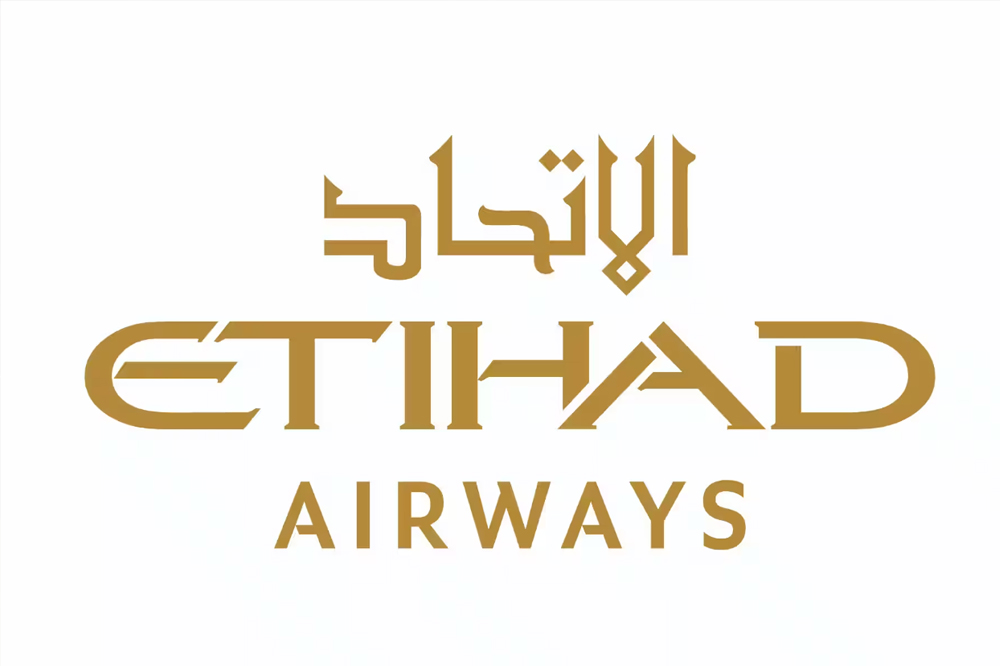Etihad Airways, the flag carrier of the United Arab Emirates, recently conducted inspections on its Airbus A350 fleet following an engine fire incident on a Cathay Pacific flight. The European Union Aviation Safety Agency (EASA) issued an emergency directive for all airlines operating the A350-1000, powered by Rolls-Royce Trent XWB-97 engines, to conduct mandatory inspections. Etihad Airways, the only UAE-based airline with the A350-1000 in service, confirmed that no issues were found during their inspections.
The proactive inspections conducted by Etihad Airways over the past 72 hours were in compliance with the directive from EASA. The airline reassured passengers that no issues were discovered during the inspections, and they do not anticipate any impact on their operations due to engine-related issues. Etihad Airways operates five A350-1000s and continues to prioritize safety and maintenance to ensure the well-being of passengers and crew.
In contrast, Cathay Pacific, one of the largest operators of the long-haul A350 jetliner, grounded 48 aircraft for inspections after a Zurich-bound flight experienced an engine failure shortly after take-off. EASA confirmed that the engine failure was caused by a high-pressure fuel hose failure, resulting in an in-flight engine fire that was promptly extinguished. Rolls-Royce, the manufacturer of the Trent XWB-97 engines, announced a precautionary engine inspection program that may apply to a portion of the A350 fleet globally.
Currently, there are 87 A350-1000 aircraft in service worldwide, highlighting the importance of stringent safety measures and maintenance protocols for airlines operating these aircraft. Etihad Airways’ swift response to the EASA directive and proactive inspections demonstrate their commitment to ensuring the safety and reliability of their fleet. As the aviation industry continues to prioritize safety and compliance with regulatory directives, passengers can trust that airlines like Etihad Airways are taking necessary precautions to maintain the highest standards of safety in air travel.









